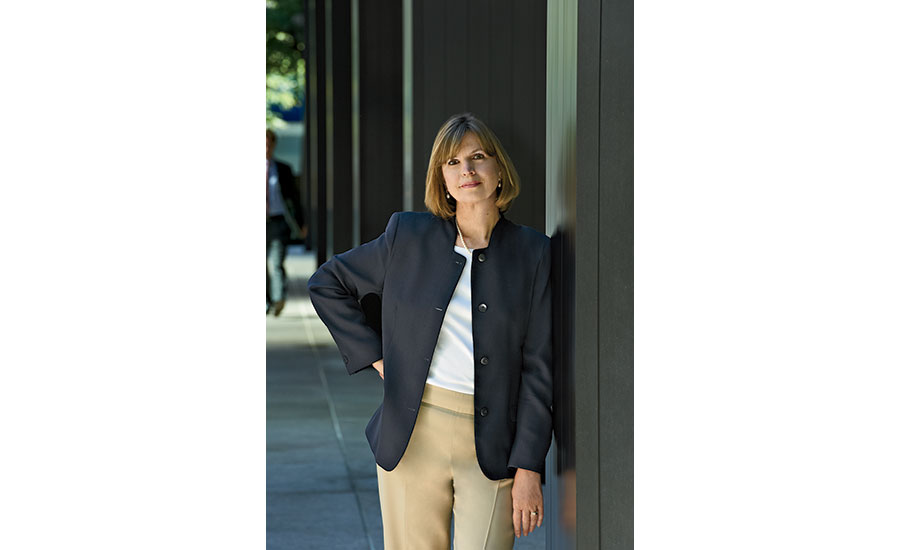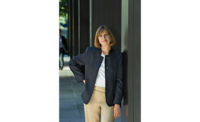Here’s a milestone for you: the Guggenheim Museum Bilbao celebrated its 20th anniversary this fall. Besides launching a major transformation of a sleepy Spanish industrial city, the museum’s opening unleashed a global arts race to elevate urban fortunes with radical cultural architecture—a phenomenon still very much with us today. Before Bilbao, there were innovative modern museums, of course—the first Guggenheim (1959), by the first Frank, and Marcel Breuer’s Whitney (1966) are just two examples—but Frank Gehry’s building was far more influential for the field of architecture at large, prompting a flood of high-profile competitions and game-changing commissions for the many contemporary designers who were scrambling to mount the world stage.
Some of these architectural forays glorified the urban past, converting moribund industrial buildings into arts facilities for the digital age—like the Tate Modern by Herzog & de Meuron (2000)—while others, such as the MAXXI museum in Rome by Zaha Hadid (2009), left history in the dust, though responded to some aspects of the local surroundings.
Now two new, ambitious, far-flung museums reflecting these trends have opened, and in this issue, we are pleased to publish firsthand reports on both of them. In the Middle East, the Abu Dhabi Louvre by Jean Nouvel, is finally complete after 11 years in the making—the first arts facility on Saadiyat Island in the capital of the UAE, long planned as a cultural destination (though the other anticipated facilities, designed by Gehry, Hadid, Ando, and Foster, seem to be on indefinite hold). Nouvel can be hit or miss with cultural buildings—it’s not easy to square his exquisite Parisian jewel, the Fondation Cartier (1994), with the dreary Musée du Quai Branly (2006). But in Abu Dhabi, the architect has reinterpreted an Arab idiom, creating an immense, magnificent dome, made of thousands of metal elements installed in a lattice-like pattern, that hovers over the lavish galleries like the mother ship in Close Encounters of the Third Kind, sprinkling the public spaces with beautifully dappled light.
In Cape Town, South Africa, Thomas Heatherwick has transformed an early 20th-century industrial-scale granary on the waterfront into the dramatic Zeitz Museum of Contemporary Art Africa. At the core of his design is one extraordinary move: he cut into the clusters of poured-in-place-concrete grain silos—some as high as 200 feet—to create a towering atrium of immense vaults and curves, an awe-inspiring space that is both elegant and a bit eerie. The London-based designer is deeply engaged in making architecture these days, though he is the first to point out that, as a student, he avoided architecture school and studied 3-D design at Manchester Polytechnic and the Royal College of Art. His crossing of disciplines—and cutting up of an obsolete old building—has echoes of the late conceptual artist Gordon Matta-Clark, though Heatherwick’s work at the Zeitz is grand, refined, and dependent on sophisticated engineering.
Matta-Clark (1943–78), on the other hand, who crossed the other way, from a Cornell architecture degree to art, was an outlier—a renegade artist with a political and social agenda. He possessed a Duchampian sense of humor (the son of artists, he had as his godmother Marcel’s wife) and a capacity for outrageous behavior: he once shot out some windows at the Institute of Architecture and Urban Studies in New York with an air rifle—a comment, some said, on contemporary architectural practice.
Still, he remains a touchstone and inspiration for many architects, including Eric Rosen of Los Angeles, who designed RECORD's House of the Month. A new exhibition at the Bronx Museum of Art, Gordon Matta-Clark: Anarchitect, explores the artist’s work: with his toolbox of chainsaw and chisels, he cut voids, holes, and slices into derelict buildings in the Bronx and elsewhere, letting in light and revealing their naked innards. The city was his canvas—and his work a kind of protest against the inevitable urban cycle of decay and rebirth.




